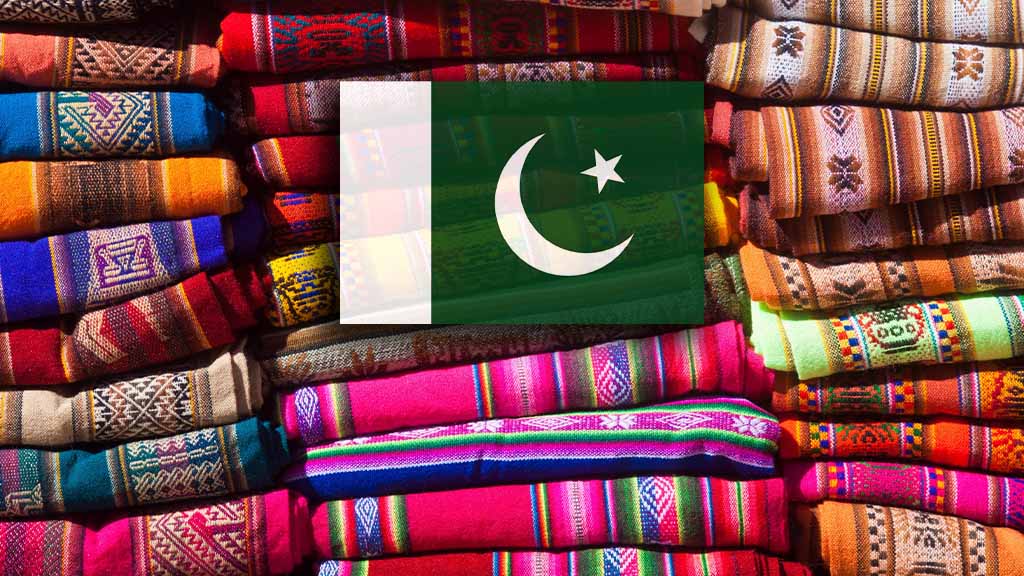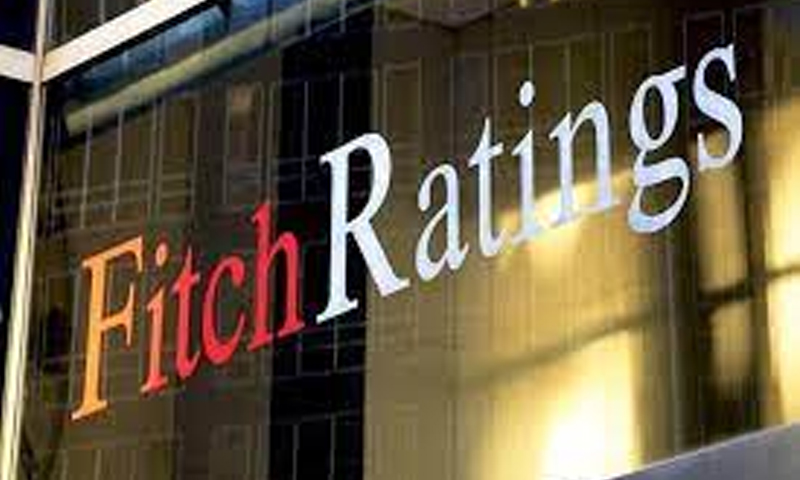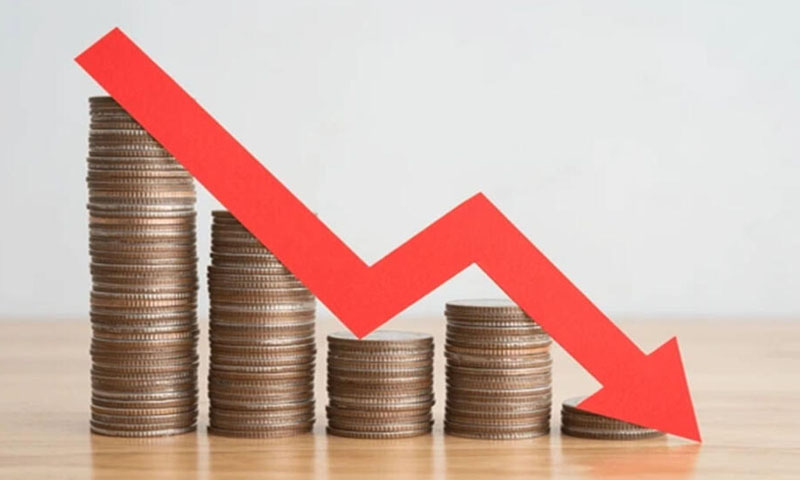- Web Desk
- Today
Pakistan’s textile exports witness 5% increase in October
-

- Web Desk
- Nov 02, 2023

WEB DESK: In October, Pakistan’s textile sector witnessed a notable improvement in exports, reaching $1.43 billion compared to the previous year’s $1.36 billion, marking a significant year-on-year increase of 5 per cent.
This positive development was revealed by the All Pakistan Textile Mills Association (APTMA) through provisional data released on Thursday, signifying the first year-on-year increase in textile exports for the ongoing year.
However, a comprehensive analysis of the data for the first ten months of 2023 shows a concerning overall decline in textile exports, dropping by 16 per cent to $13.34 billion.
In the same period last year, exports stood at $15.88 billion, indicating a substantial decrease.
Additionally, during the fiscal year 2023–24 (July–October), textile exports experienced a 7 per cent decline, falling from $5.94 billion in 4MFY23 to $5.55 billion in 4MFY24.
On a positive note, there was a monthly increase of more than 5 per cent in textile exports, rising from $1.36 billion in September. This uptick, however, comes amidst challenges faced by the industry.
APTMA, in its recent meeting with government authorities, highlighted the need for competitive electricity tariffs, aligning with rates in regional countries.
The association also raised concerns about the high power tariffs, currently set at 16 cents per kWh, and the uncertainties related to the availability and pricing of gas and RLNG.
A key demand was the elimination of the cross subsidy of Rs10.85 per unit, especially for non-productive sectors.
Pakistan’s textile exports hold immense importance for the country’s economy, constituting a significant portion of its total exports.
The continuous year-on-year decline raises concerns for the South Asian economy, which already grapples with a shortage of foreign exchange.
Read more: Pakistan’s stock market inches closer to all-time high
To address these challenges, the government has been working to bolster reserves through initiatives like loans from the International Monetary Fund (IMF) and partnerships with countries like Saudi Arabia and the UAE.
Despite recent improvements in foreign exchange reserves held by the State Bank of Pakistan (SBP), currently standing at $7.5 billion, these reserves remain under pressure due to ongoing external debt servicing obligations.
The situation underscores the need for strategic measures to enhance the competitiveness of Pakistan’s textile industry and ensure sustainable economic growth.




